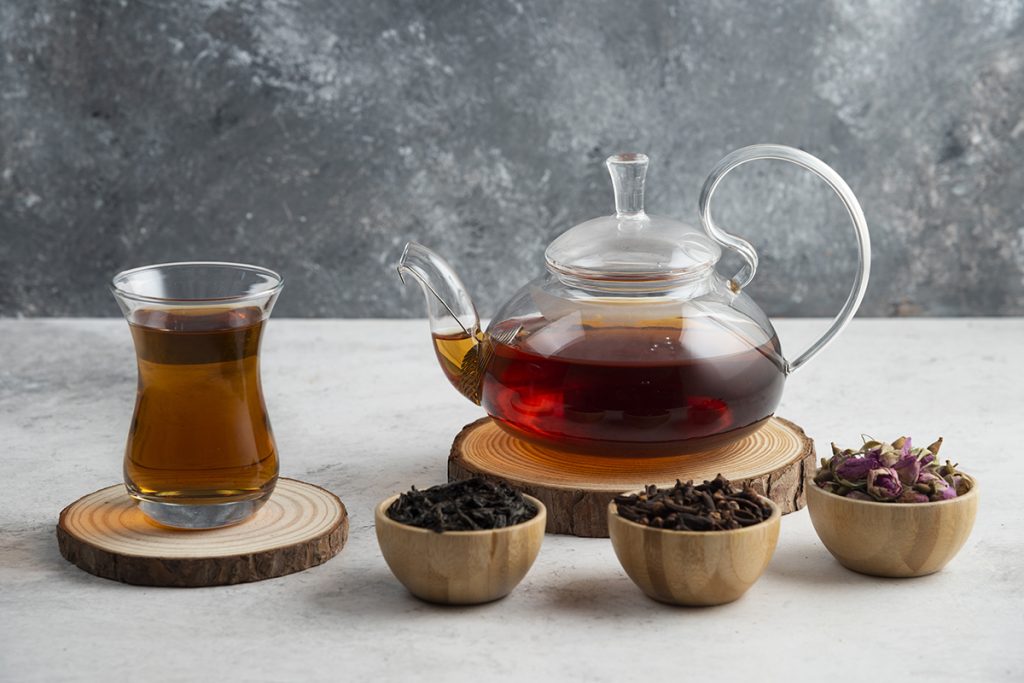Explore the different types of tea and their health benefits
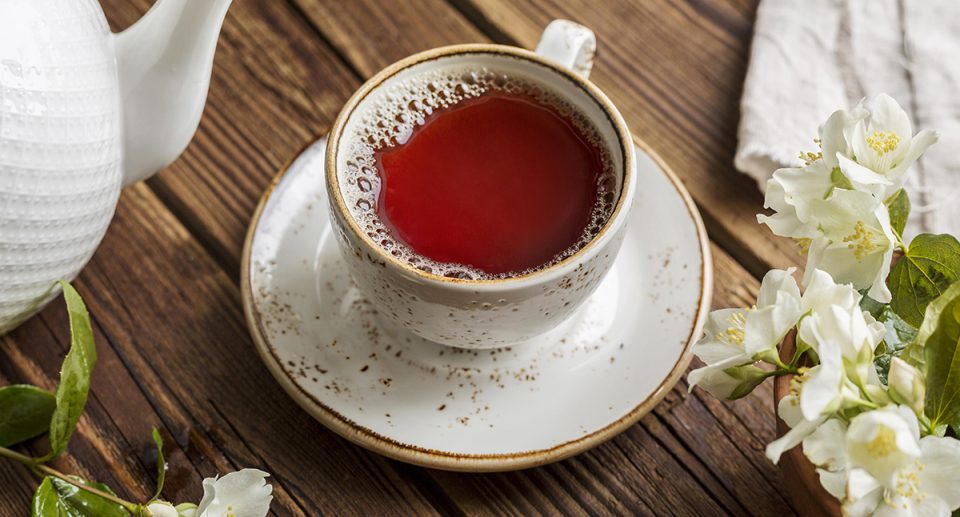
While many enjoy coffee, there’s also a sizable community of dedicated tea drinkers. Tea, known for its blend of sophistication and comfort, is considered one of the healthiest beverages. Different types of tea have some compositional differences, but scientific understanding suggests regular consumption contributes to long-term health. Specifically, we’re referring to the caffeinated beverage from the globally cultivated Camellia sinensis plant.
Tea’s therapeutic properties come from polyphenols in the leaves, such as catechins and epicatechins, enhancing the body’s antioxidant defenses. It’s crucial to understand that while tea has health benefits, it’s not a cure-all or a substitute for prescribed medications; rather, it’s a delightful way to boost overall well-being.
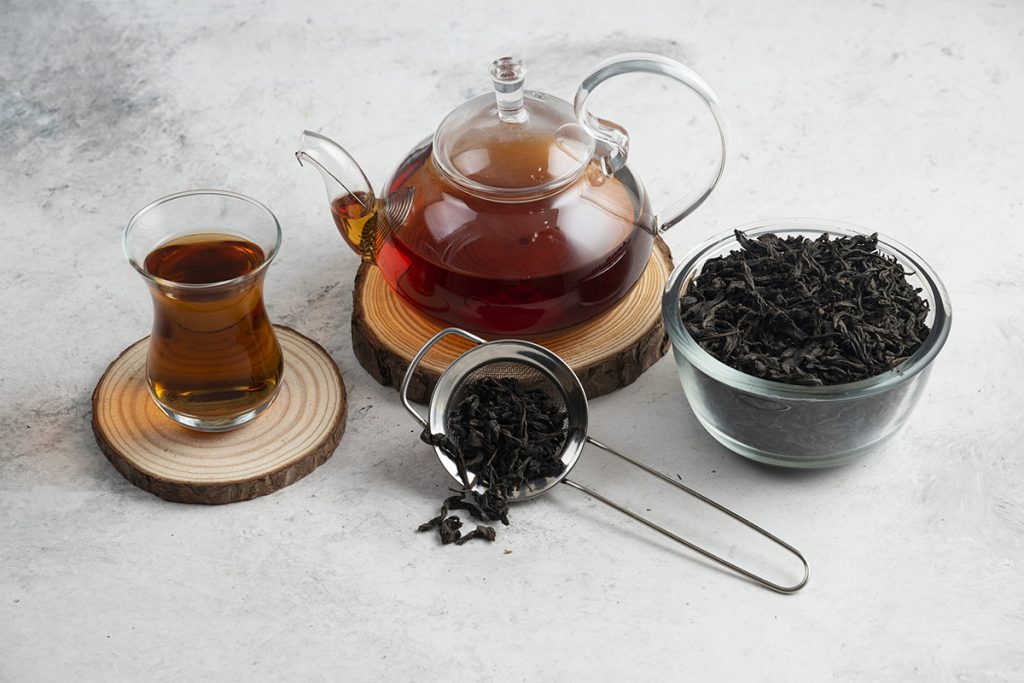
Here are a few notable advantages of all types of tea:
Tea helps keep your heart healthy
All the different types of tea, in addition to exercise and a balanced diet, plays a role in promoting heart health. A recent extensive British study revealed that consuming two or more cups of black tea daily was linked to a reduced risk of cardiovascular disease, stroke, and ischemic heart disease. The flavonoids present in both green and black tea have long been associated with cardiovascular well-being.
One potential explanation lies in research indicating that these compounds contribute to the improvement of the inner layer of blood vessels, supporting optimal blood flow and maintaining healthy blood pressure. Additionally, some types of tea compounds may assist in lowering LDL and total cholesterol, further decreasing the risk of heart attack and stroke.
Tea fights inflammation
Persistent inflammation, wherein the immune system triggers inflammation without actual injury, is linked to various diseases like autoimmune conditions, cancer, and dementia.
In your strategy to combat this, tea can play a crucial role. Green tea, in particular, contains abundant anti-inflammatory compounds, including the powerful catechin EGCG, which acts as a shield against cellular damage.
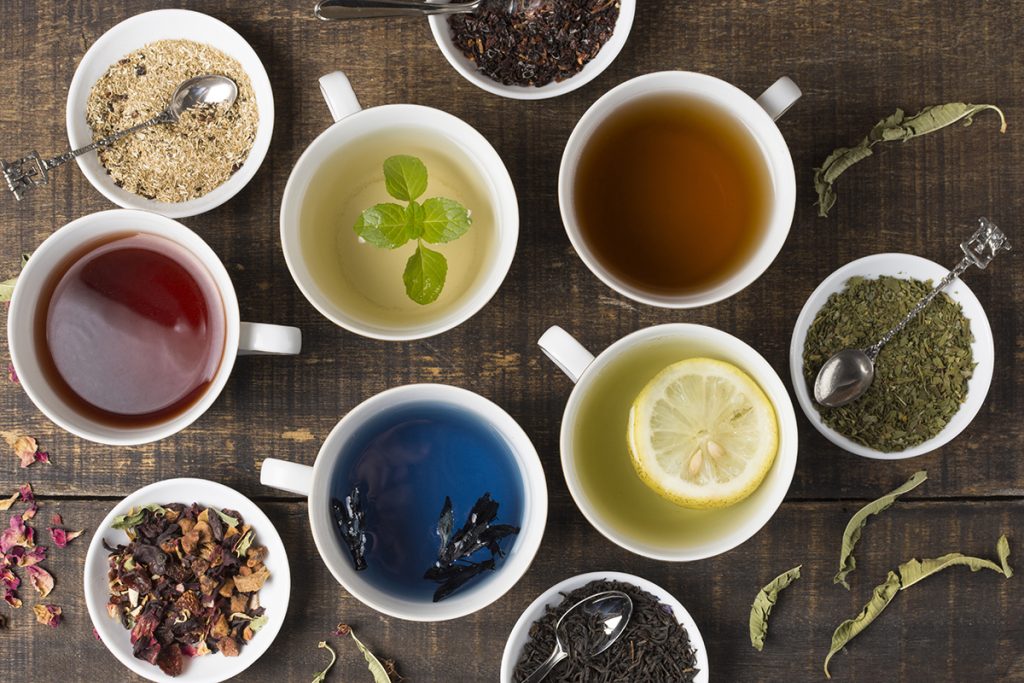
Tea sooths a cold or flu
You don’t have to delve into biochemistry to validate the comforting effects of tea when you’re dealing with a sniffle and a sore throat. Initially, the warmth of the liquid helps alleviate throat discomfort and clears congestion.
However, a crucial aspect of its healing properties may lie in its ability to keep you well-hydrated. When under the weather, it’s essential to increase fluid intake, and opting for unsweetened beverages, like all types of tea, can contribute significantly.
Tea sharpens your focus
The caffeine present in black tea has the potential to enhance your focus and energy levels without inducing the jittery, over-caffeinated sensation often associated with coffee consumption. With a cup of brewed tea containing only a fraction of the caffeine found in a cup of coffee—ranging from a quarter to half—it proves beneficial for those seeking additional support without excessive stimulation.
Thanks to the combination of caffeine and L-theanine in tea, the latter being a compound that aids in regulating calming neurotransmitters, black tea offers a more balanced and moderated energy boost.
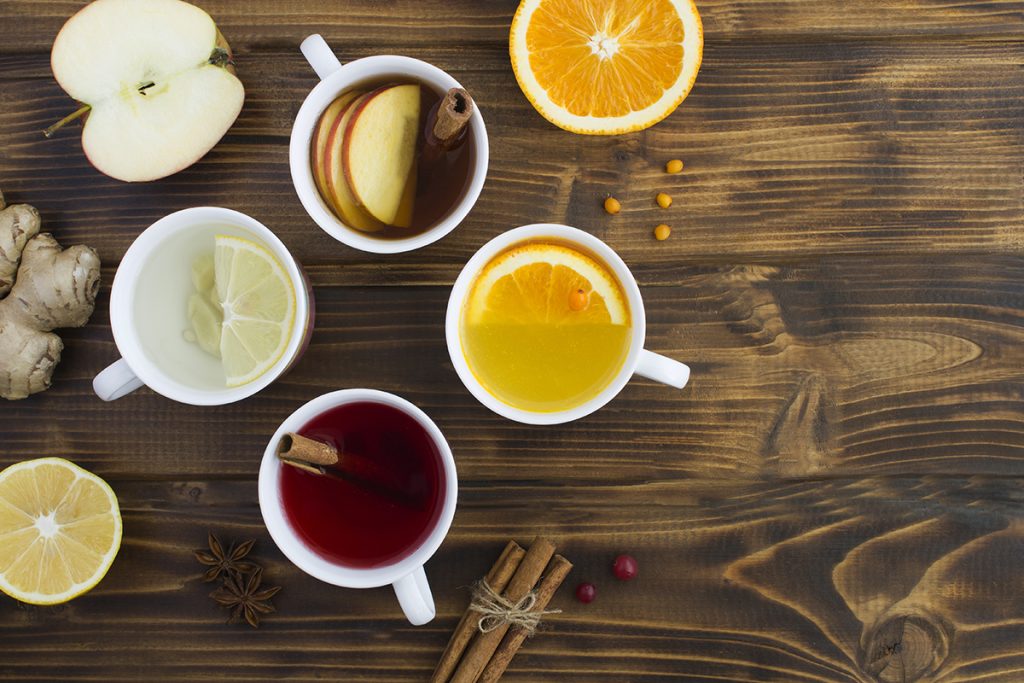
But can tea assist you with weight-loss?
While it might be a bit of a stretch, the catechins and caffeine found in tea could potentially contribute in a small way to boosting metabolism. However, the primary factor in any weight loss might be attributed to what you’re excluding from your diet.
Opting for the different types of tea fills the void left by beverages high in sugar and calories. By substituting flavored lattes, coffee with cream and sugar, and sugary sodas with tea, you’re significantly reducing your daily calorie intake.
Get to know the different types of tea
While beverages made from dried herbs, spices, flowers, roots, and fruits are technically not considered ‘tea’ (referred to as ‘herbals’ or ‘infusions’ due to their lack of caffeine), they do offer unique health benefits.
Rooibos tea, also known as ‘red tea’, crafted from the leaves of the Aspalathus linearis plant, is renowned for its naturally sweet and nutty flavor, coupled with anti-inflammatory and antioxidant properties.
The mint, ginger, chamomile, and hibiscus types of tea, although caffeine-free, boast antioxidants and provide soothing effects, such as combating nausea and inducing calmness—making them ideal for a relaxing bedtime brew.
The leaves of the Camellia sinensis plant, the source of ‘true’ tea, can yield various types based on factors like harvest time, withering duration, and oxidation. These factors influence the appearance and taste of all types of tea, initiating chemical reactions that alter the micro-nutrients in the leaves. Explore these varieties and choose the healthy sip that appeals to your taste buds.
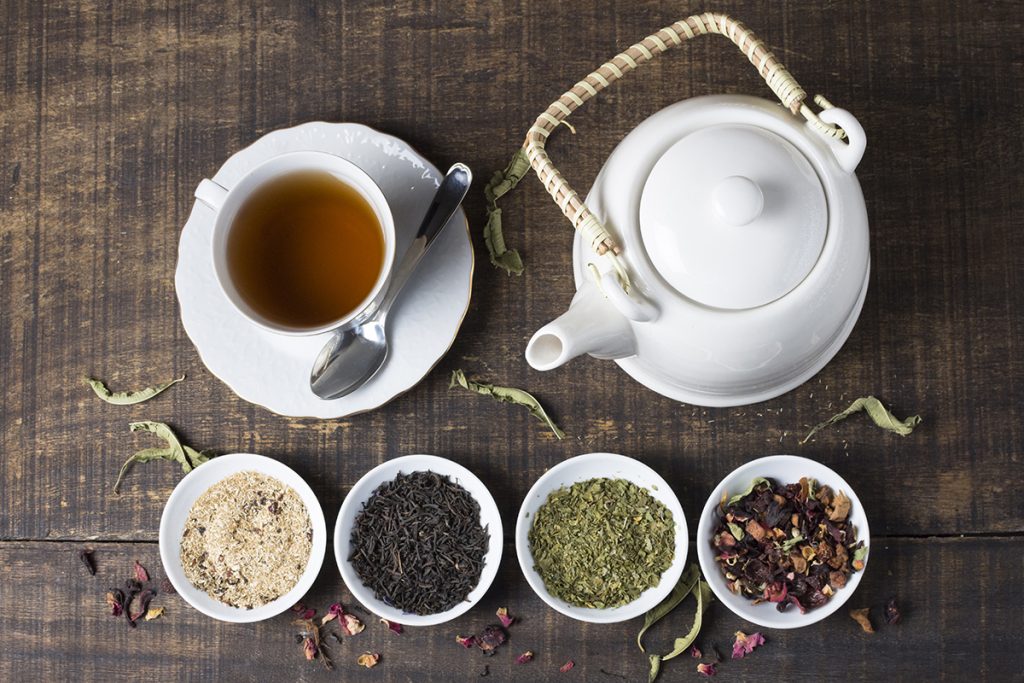
Black tea
When envisioning a comforting cup of English Breakfast, Darjeeling, or a standard Lipton tea bag beside your office coffee machine, you’re picturing classic black tea. The process involves rolling or cutting the leaves of the Camellia sinensis plant, allowing them to fully dry, with oxidation imparting a deep brown or black hue.
While polyphenols are present in various teas, black tea stands out for its elevated levels of theaflavin and thearubigin, contributing to its rich color and potential benefits in blood sugar control.
Green tea
Despite possessing distinct color and flavor profiles, green teas like matcha and Hojicha originate from the same plant as black tea. The key distinction lies in the process: the green leaves are swiftly heated to prevent oxidation before they can turn brown.
This method imparts a vibrant green color and a grassy flavor to the tea. Notably, green tea, particularly matcha, boasts high levels of antioxidants such as chlorophyll, L-theanine, and catechins.
White tea
Lastly, consider white tea as the youngest sibling of all of the types of tea family members. This delicate and floral-tasting variety is crafted by plucking the Camellia sinensis leaves at an early stage, often when they have just budded. Typically covered in downy white fuzz at this early phase, the tea variety gets its name from this characteristic. The leaves are promptly dried upon harvesting to prevent oxidation.
Being the least processed among all types of teas, white tea retains a higher concentration of catechins. It possesses anti-inflammatory and antioxidant properties akin to those found in green tea.
